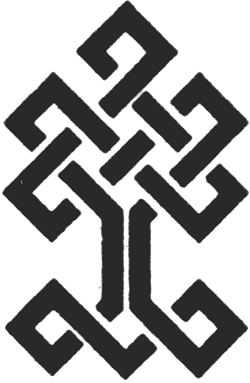Project
The Karkemish 3D Visualization Project is based on the principle that the digital revolution is about limitless sharing, the defining feature of Open Science. Scientific accuracy is the necessary characteristic of this project: it is both a tool for scientific study as well as a means of public dissemination for complex historical and cultural contents. Since 2011, the Turco- Italian Archaeological Expedition at Karkemish by the Universities of Bologna, Bologna, Gaziantep and Istanbul (funded also by the Italian Ministry of Foreign Affairs, the Italian Ministry of University and Research and the Sanko Holding) acquires and produces – using photogrammetry (mainly) and laser scanners (occasionally) – 3D models for documentation and study purposes of archaeological materials and contexts. The Karkemish 3D Visualization Project aims at virtually recreating in a 3D environment, based on Unreal Engine 4 incorporating the photogrammetric models, both monuments and materials. We started from the buildings and artifacts of the so-called Lower Palace Area during its most monumental phase, dated between the 10th and the 8th century BCE. The archaeological evidence shows that this was the administrative and religious heart of the lower town of Karkemish, occupied by two temples and other public buildings, often decorated with sculpted slabs of basalt and limestone. After their discovery between 1878 and 1920, most of the reliefs uncovered during the British Museum archaeological campaigns were removed from their original location and are now mostly in Ankara at the Museum of Anatolian Civilizations and in London at the British Museum, while some went lost. The Turco-Italian Expedition has excavated anew their contexts of retrieval as well as bringing to light new buildings and orthostats. If moving all the stone reliefs back to their original location would be almost impossible, today technology offers the possibility to at least virtually reintegrate the decorated orthostats within their context, giving also the possibility to a potentially larger number of people to access them. By launching the application (which exploits the computing power of your own device in order not to create delays on the server) you will be able to walk around the Lower Palace Area model elaborated from pictures taken from drone, turning on and off the decorated orthostat models with the possibility to inspect them for more information and visual details about that particular artifact, adding also the reconstructions of the building in which they were set; or just to explore in a dedicated environment each of the decorated slabs filed in our database (which will be expanded in the near future).
The Lower Palace area 3D model
Credits
The Karkemish 3D Visualization Project is directed by Nicolò Marchetti of the Alma Mater Studiorum-University of Bologna. The basis of the 3D model is the photogrammetric survey – carried out by Giampaolo Luglio between 2012 and 2016 – of the renewed excavations at the site and of the sculpted Iron Age orthostats kept in the Anatolian Civilizations Museum, Ankara. Jacopo Monastero created the integrated 3D model adding also his interpretations of the elevations and the tables with the data concerning the orthostats; he also created the web visualizer through libraries developed in Unreal Engine.
We gratefully acknowledge the CRANE 2.0 project for having provided the server on which our 3D model is running and for the support of Jacopo Monastero’s research on Unreal Engine applications. The Directorate General for Cultural Heritage and Museums, Ankara is gratefully acknowledged for its unfailing support both towards our field and museum work.
This website has been conceived by Nicolò Marchetti as Scientific Editor, with Jacopo Monastero as Web Engineer and 3D Architect, Silvano Bertossa as Webmaster and Valentina Orrù as Web designer.



